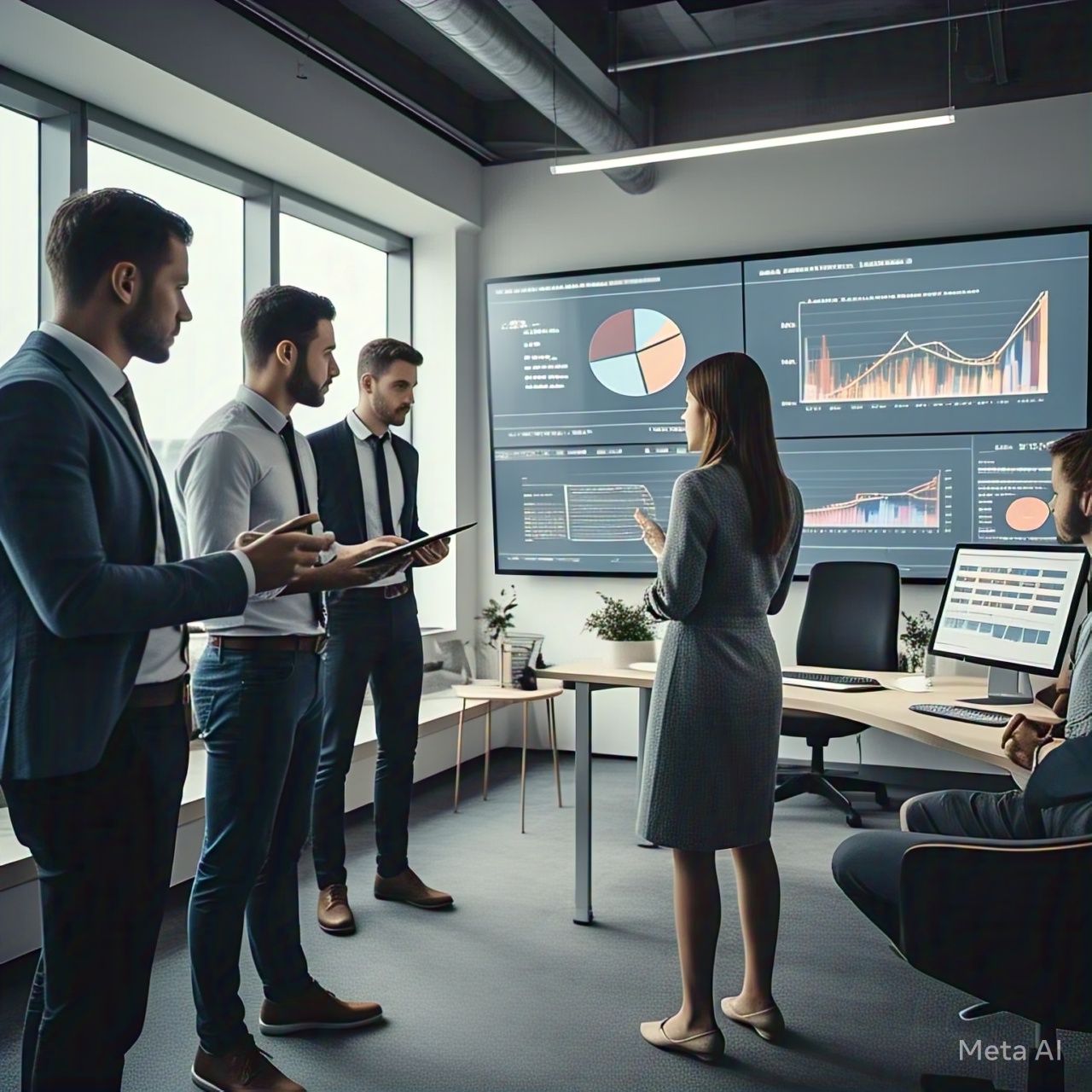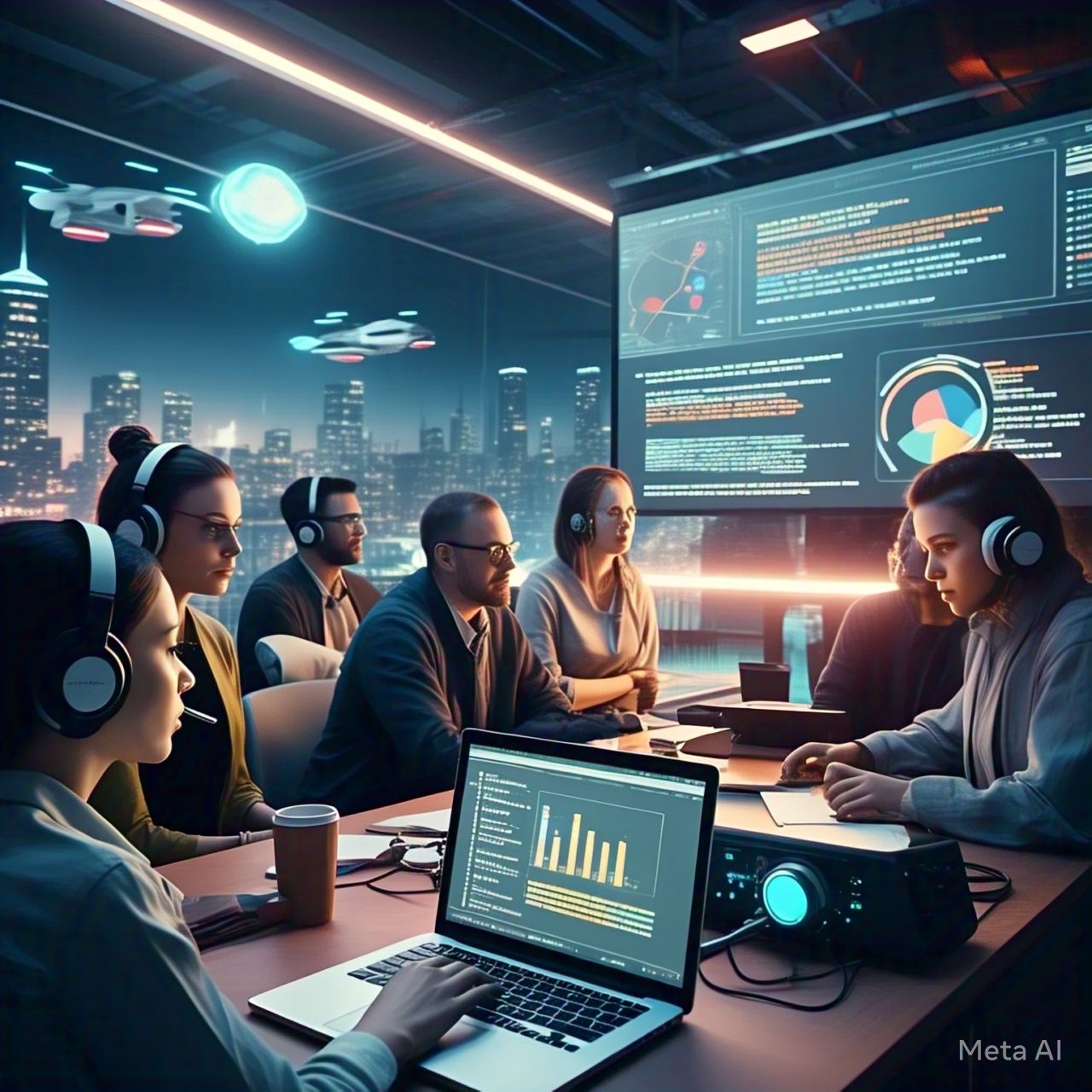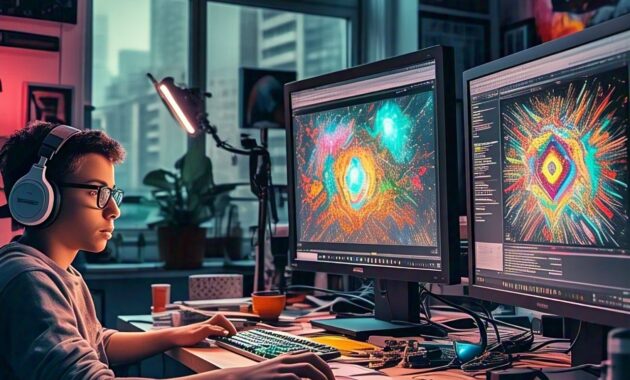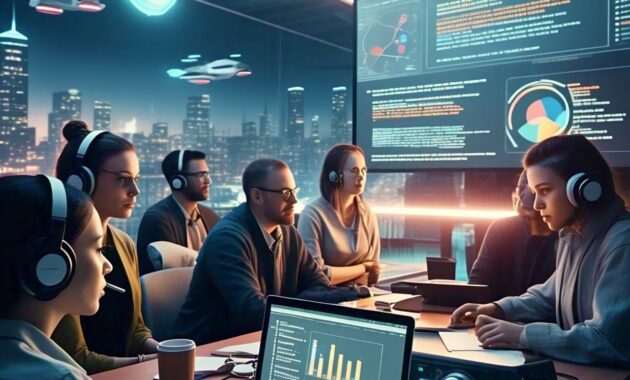INrecent years, influencer marketing has undergone a significant transformation. What once started as a niche strategy involving celebrities and bloggers has now evolved into a multi-billion-dollar industry. With the rise of social media, brands have leveraged the power of influencers to connect with audiences in an authentic and engaging way. However, the landscape of influencer marketing is changing once again, leading to what experts are calling Influencer Marketing 2.0.
This new era is defined by increased authenticity, data-driven strategies, the rise of micro and nano-influencers, and the integration of emerging technologies like artificial intelligence (AI) and augmented reality (AR). Let’s explore how influencer marketing is evolving and what businesses need to know to stay ahead in this competitive space.
The Evolution of Influencer Marketing
The Early Days: Celebrity Endorsements and Macro-Influencers
In the early 2000s, influencer marketing was primarily centered around celebrity endorsements. Brands collaborated with famous personalities, assuming that their star power alone would drive sales. This approach was effective but costly, making it inaccessible for smaller businesses.
With the rise of social media platforms like YouTube, Instagram, and Twitter, a new type of influencer emerged—bloggers and content creators who built large followings through engaging and niche-specific content. These macro-influencers (those with 100,000 to 1 million followers) became an essential part of brand collaborations, offering more targeted and relatable promotions compared to traditional celebrities.
The Shift to Micro and Nano-Influencers
While macro-influencers dominated for years, brands began noticing a shift in consumer behavior. Audiences became more skeptical of large-scale endorsements, often viewing them as inauthentic or overly commercialized. This led to the rise of micro-influencers (10,000 – 100,000 followers) and nano-influencers (under 10,000 followers), who tend to have smaller but highly engaged communities.
Studies have shown that micro and nano-influencers often yield higher engagement rates than their macro counterparts. Their content feels more personal, and their recommendations are perceived as more trustworthy, making them a preferred choice for brands looking to build authentic connections with consumers.
The Key Trends Defining Influencer Marketing 2.0
1. Authenticity and Transparency
Modern consumers are more skeptical than ever before. They value authenticity and are quick to detect when an influencer is promoting a product purely for financial gain rather than genuine appreciation. Influencer Marketing 2.0 prioritizes transparency, with influencers being more open about their sponsorships and only promoting brands they genuinely believe in.
Additionally, regulatory bodies like the Federal Trade Commission (FTC) have enforced stricter guidelines requiring influencers to disclose paid partnerships clearly using hashtags like #ad, #sponsored, or #paidpartnership. Brands that fail to ensure transparency risk damaging their reputation and losing consumer trust.
2. AI-Powered Influencer Selection and Performance Tracking
With the increasing number of influencers, choosing the right one for a brand has become more complex. AI-powered platforms are now helping businesses identify influencers who align best with their brand values and audience. These AI tools analyze vast amounts of data, considering factors like engagement rates, audience demographics, and past performance to match brands with the most suitable influencers.
AI also helps in performance tracking, ensuring brands can measure the effectiveness of their influencer campaigns in real time. This shift to data-driven influencer marketing allows brands to allocate budgets more effectively and maximize ROI.
3. Long-Term Partnerships Over One-Time Collaborations
Gone are the days when brands collaborated with influencers for one-off promotions. The new trend in Influencer Marketing 2.0 is long-term partnerships, where influencers become genuine brand ambassadors. This approach helps establish stronger brand credibility and fosters deeper connections with audiences.
For example, beauty brands like Fenty Beauty and Glossier have built long-term relationships with influencers, allowing them to create a more consistent and authentic brand image over time.
4. The Rise of Video Content and Live Shopping
With the rise of platforms like TikTok, Instagram Reels, and YouTube Shorts, short-form video content has become the preferred format for influencer marketing. Video content is more engaging, dynamic, and capable of conveying emotions better than static posts.
Additionally, live shopping is gaining traction, especially in markets like China, where influencers host live streams showcasing products and interacting with their audience in real-time. This trend is rapidly expanding to Western markets, with platforms like Instagram and TikTok integrating live shopping features.
5. Decentralization and the Creator Economy
Influencer Marketing 2.0 is also characterized by the decentralization of influence. Instead of relying solely on traditional social media platforms, many influencers are building their own personal brands through subscription-based content, exclusive communities, and even launching their own products.
Platforms like Patreon, Substack, and OnlyFans allow influencers to monetize their content directly, reducing their dependence on brand collaborations. As a result, brands must adapt by offering influencers more creative freedom and equitable compensation models.
6. Augmented Reality (AR) and Virtual Influencers
Another exciting development in Influencer Marketing 2.0 is the rise of Augmented Reality (AR) and virtual influencers. Brands are increasingly using AR filters to create interactive and immersive experiences for consumers. For instance, beauty brands allow customers to try on makeup virtually before purchasing.
At the same time, virtual influencers—computer-generated personalities like Lil Miquela and Imma—are gaining massive followings. These AI-driven influencers collaborate with brands just like human influencers, offering a futuristic take on digital marketing.
The Future of Influencer Marketing 2.0
As influencer marketing continues to evolve, we can expect even more personalized and data-driven campaigns. The industry will likely see:
- Greater regulation to ensure transparency and protect consumers.
- More integration of blockchain technology to verify authenticity and track influencer performance.
- Expansion into new platforms like the metaverse, where influencers will engage audiences in virtual worlds.
- Greater emphasis on social responsibility, with brands and influencers aligning their content with ethical and sustainable values.
Conclusion
Influencer Marketing 2.0 represents a more authentic, data-driven, and technology-integrated approach to digital influence. The shift from macro-influencers to micro and nano-influencers, the rise of AI-powered analytics, and the increasing focus on video content and live shopping are reshaping how brands connect with consumers.
For businesses looking to succeed in this new era, staying ahead of trends, embracing transparency, and building long-term relationships with influencers will be key. As technology continues to advance, influencer marketing will only become more innovative, engaging, and indispensable in the digital marketing landscape.















